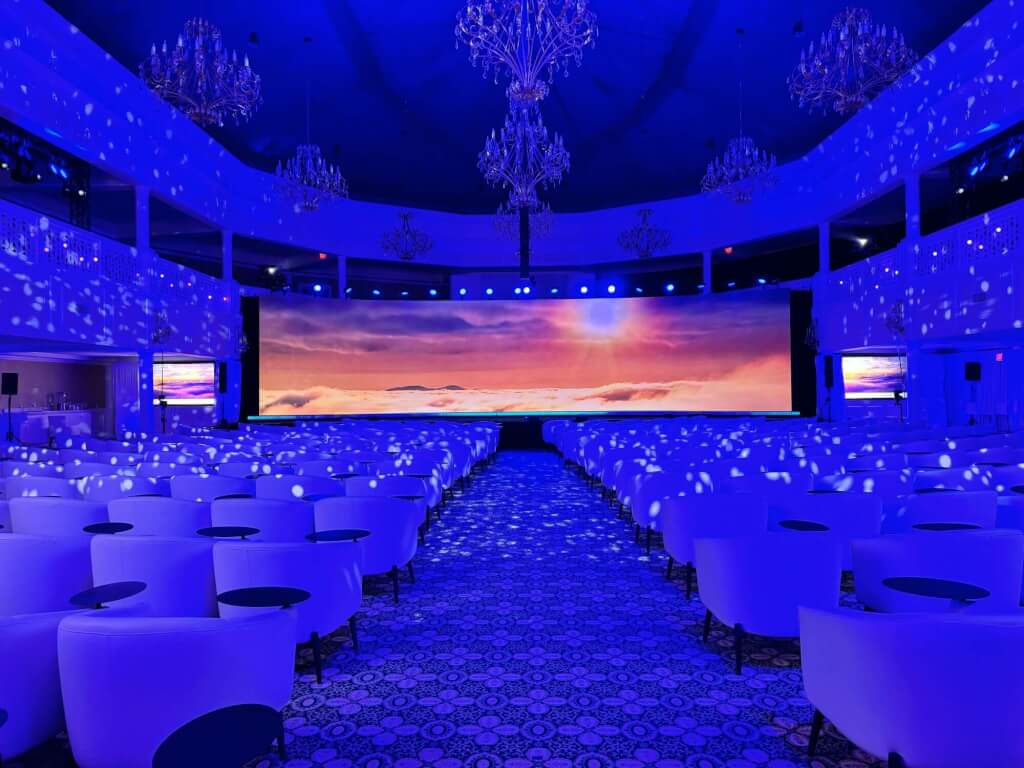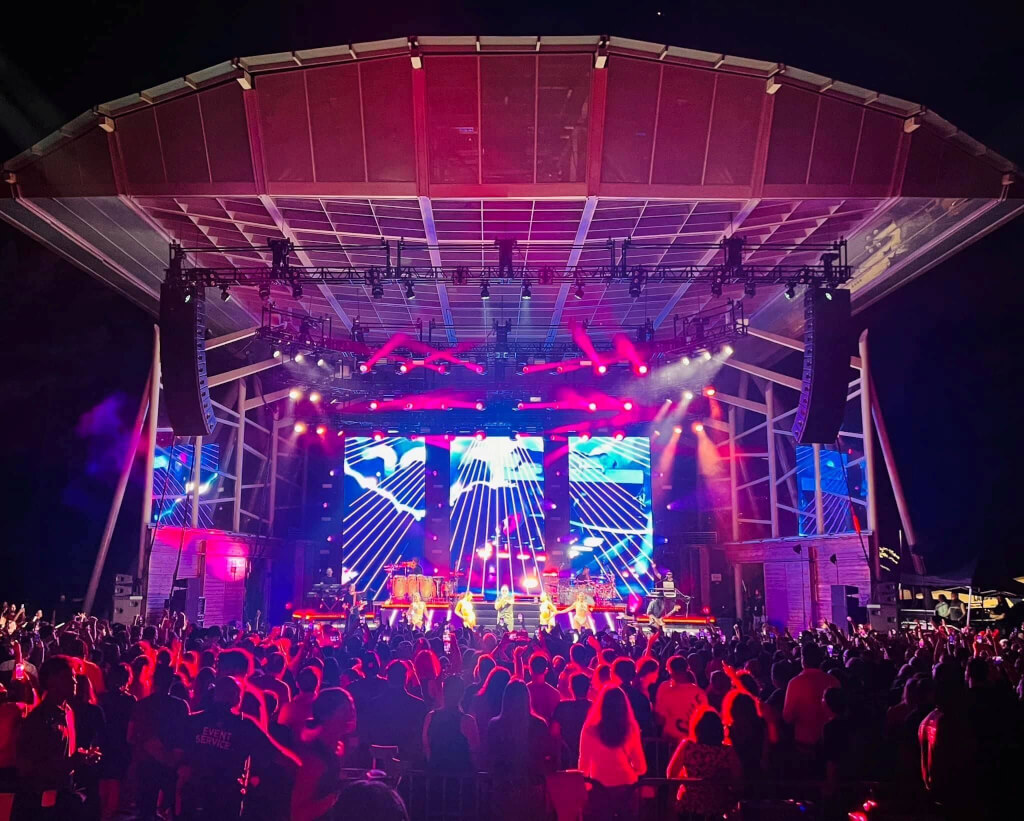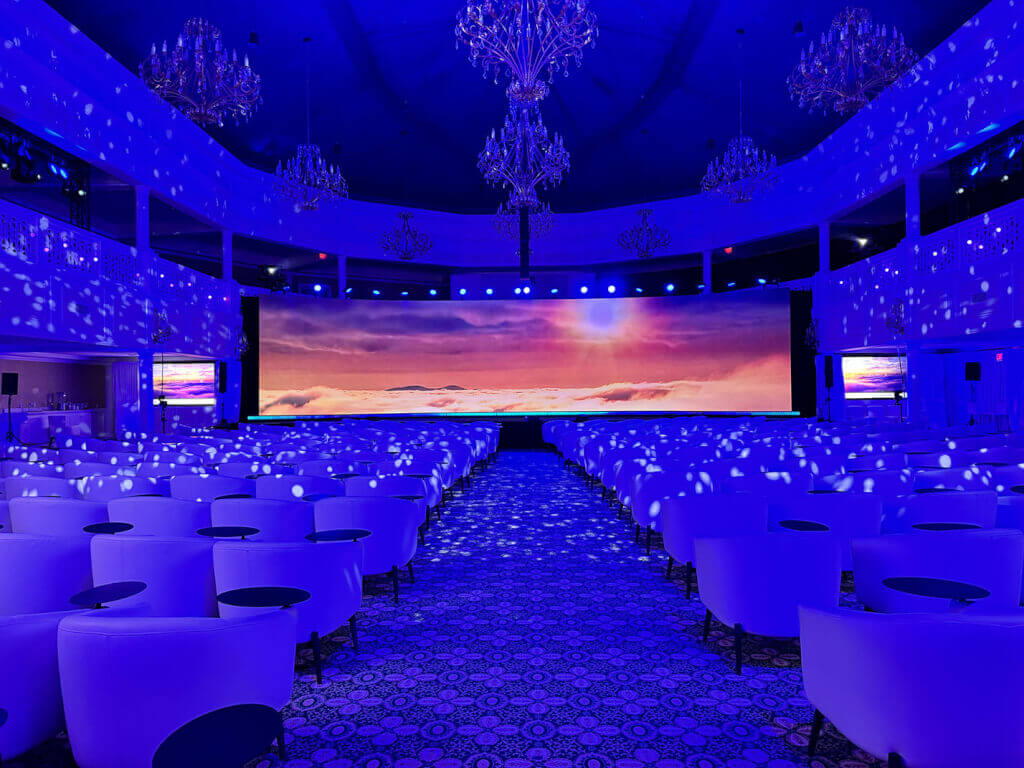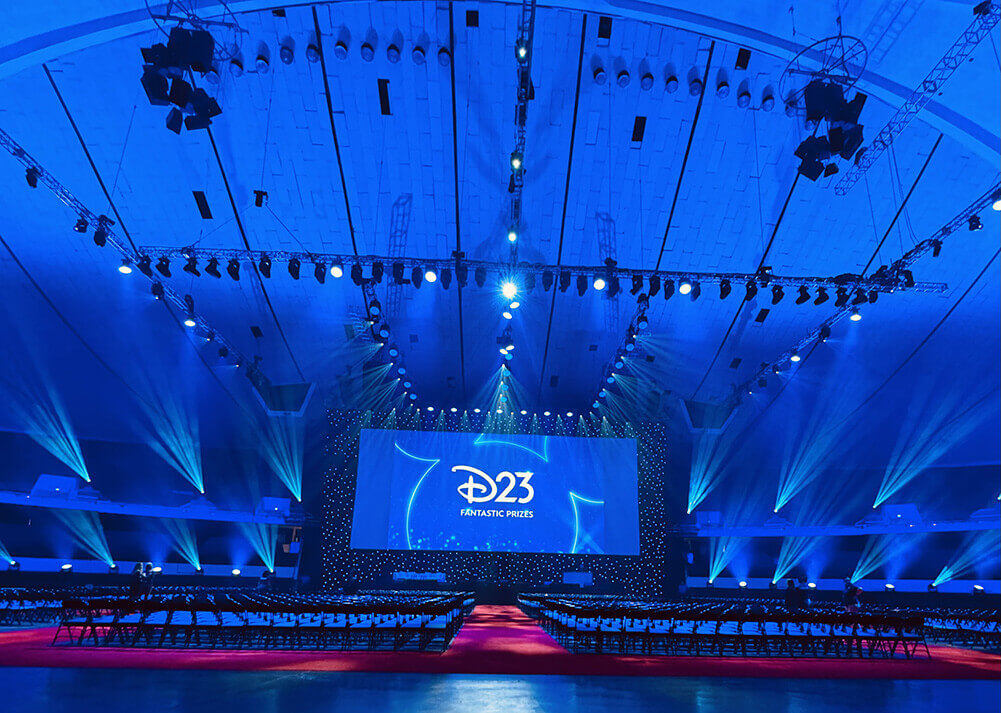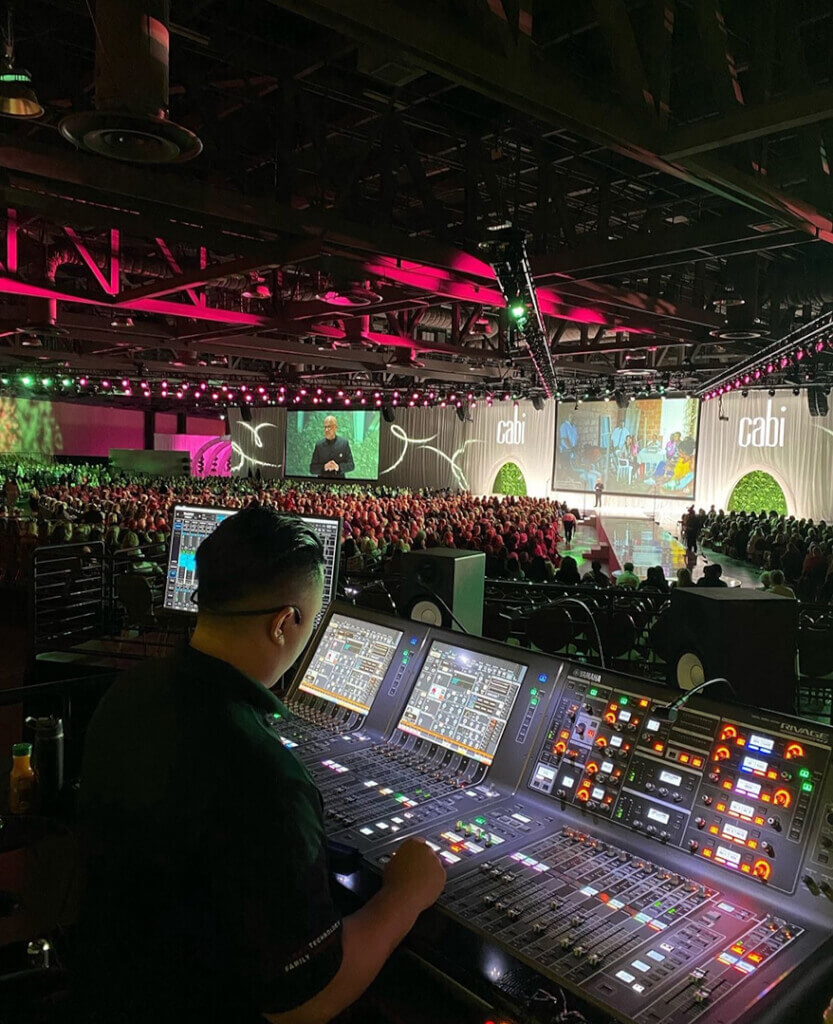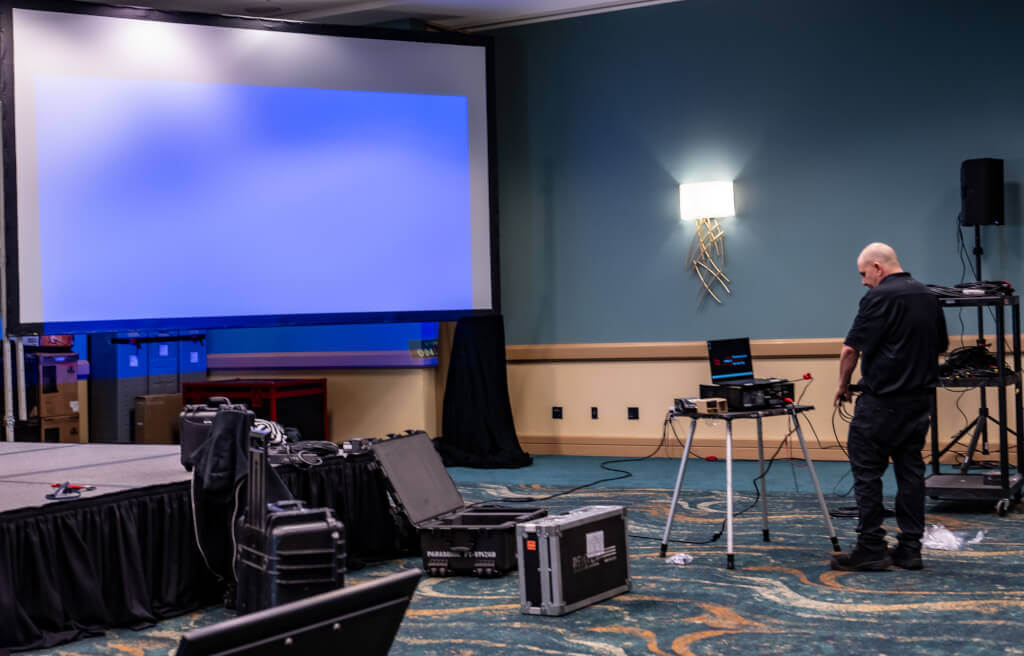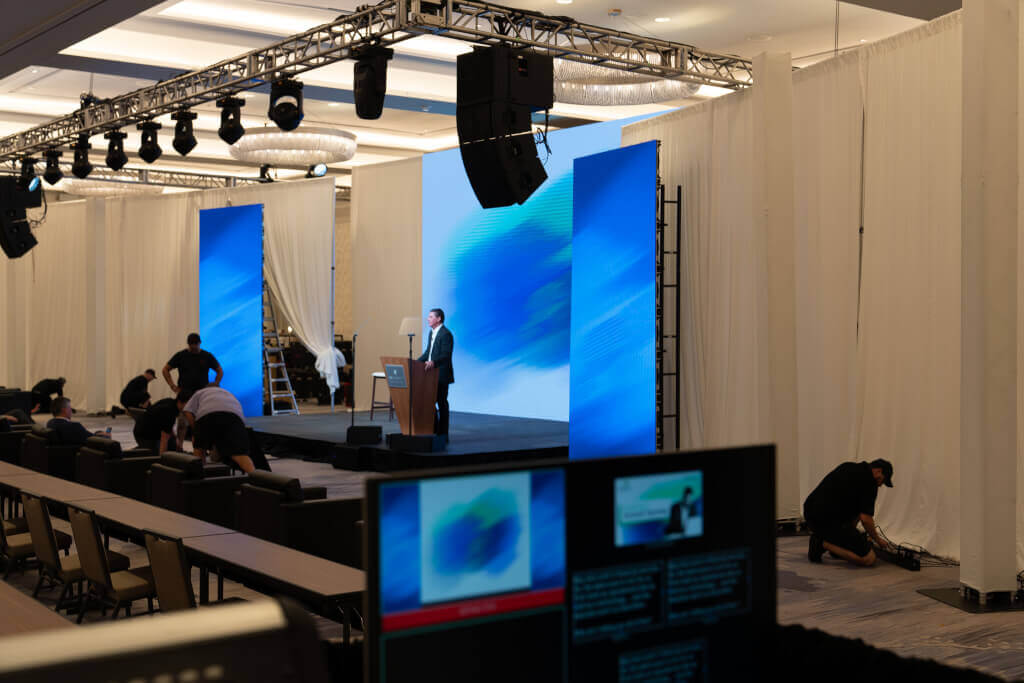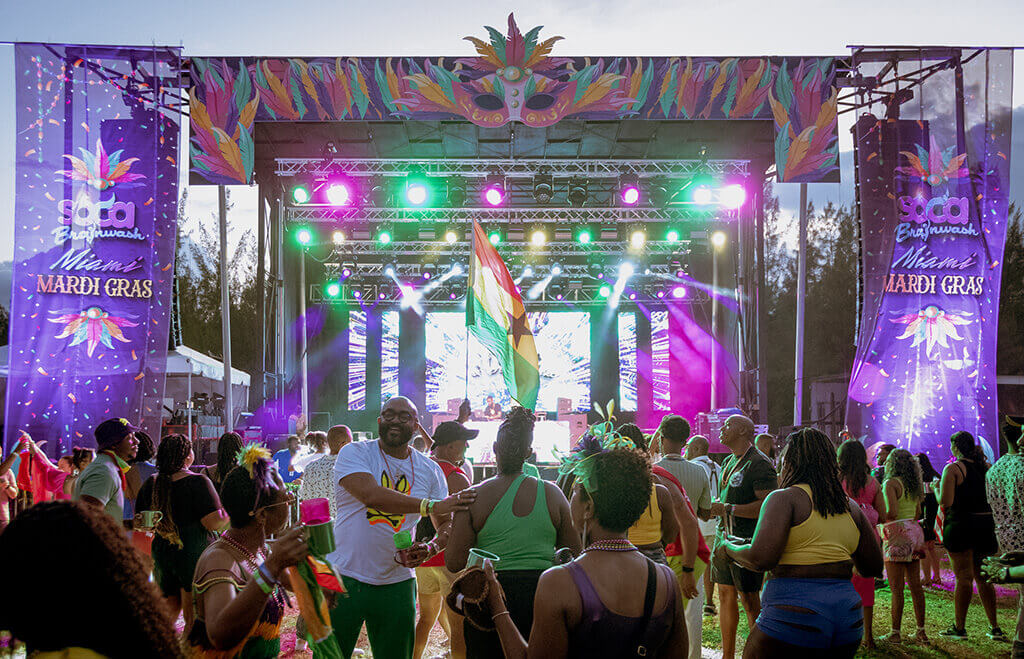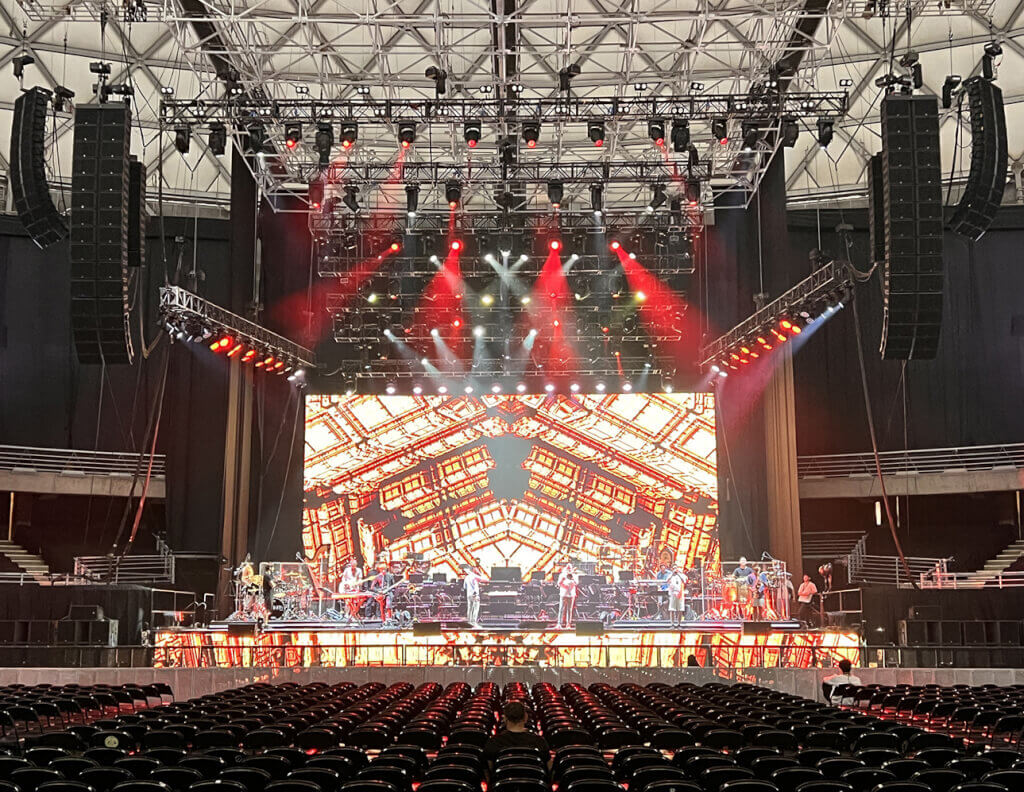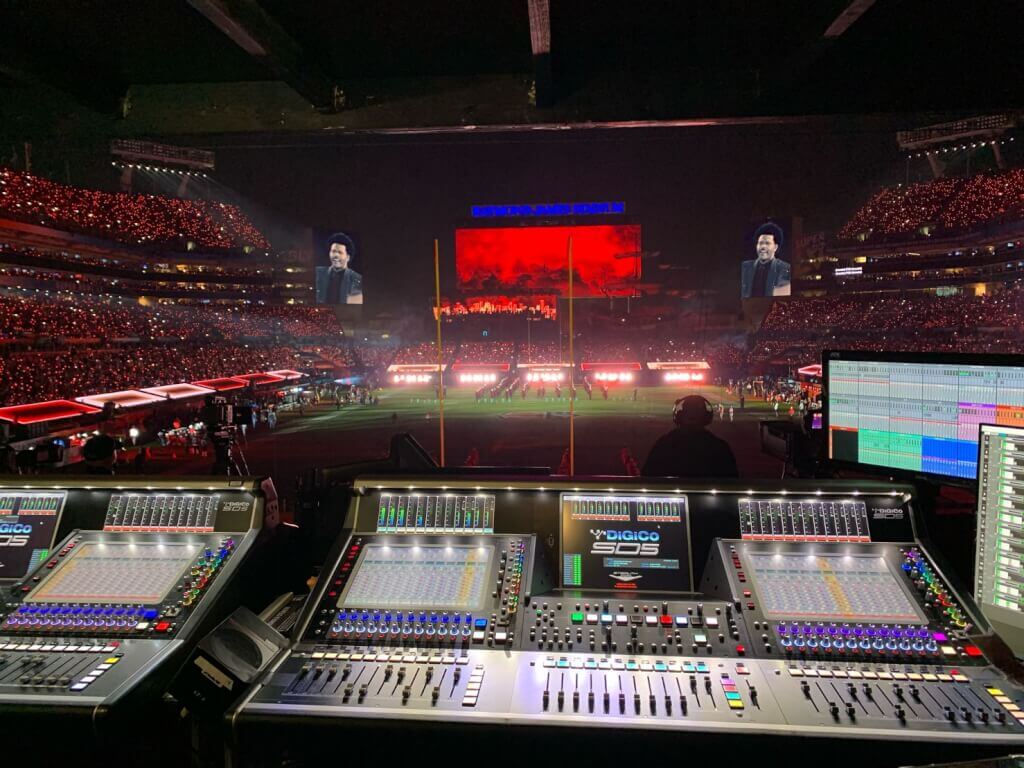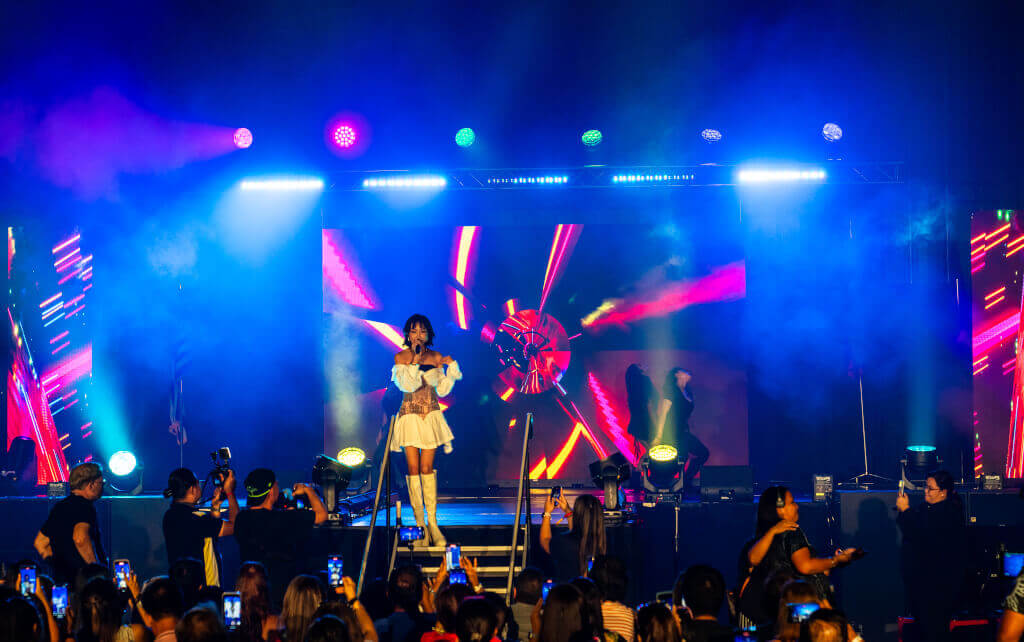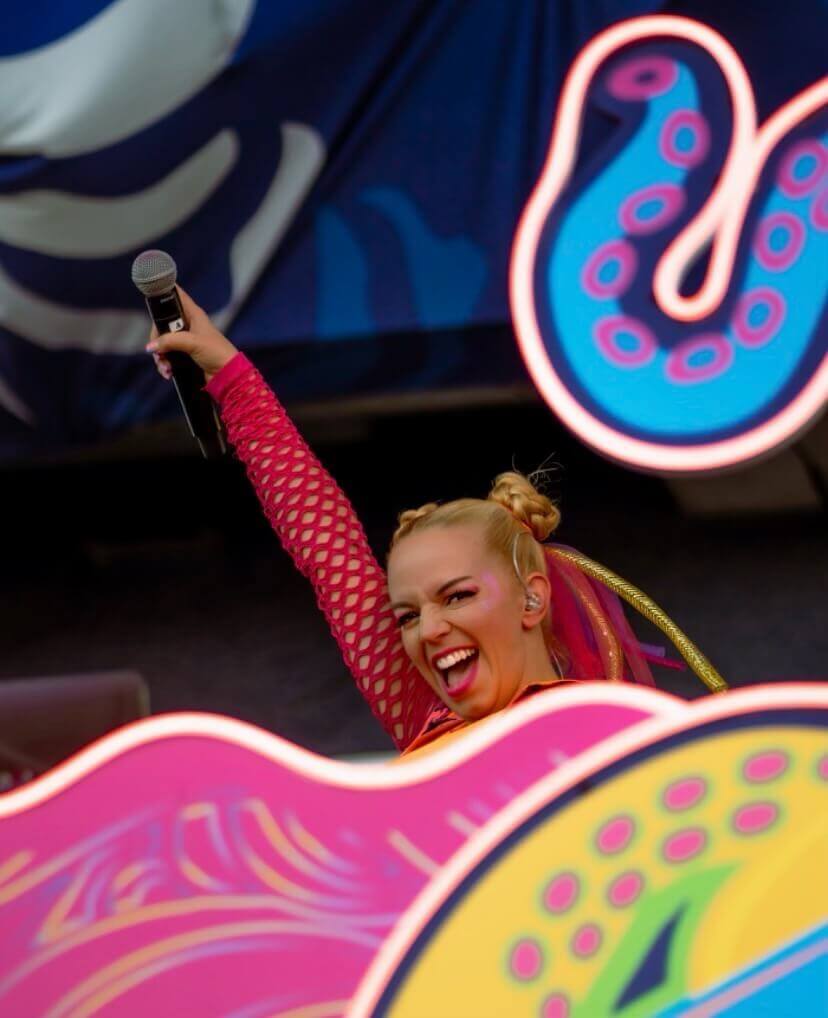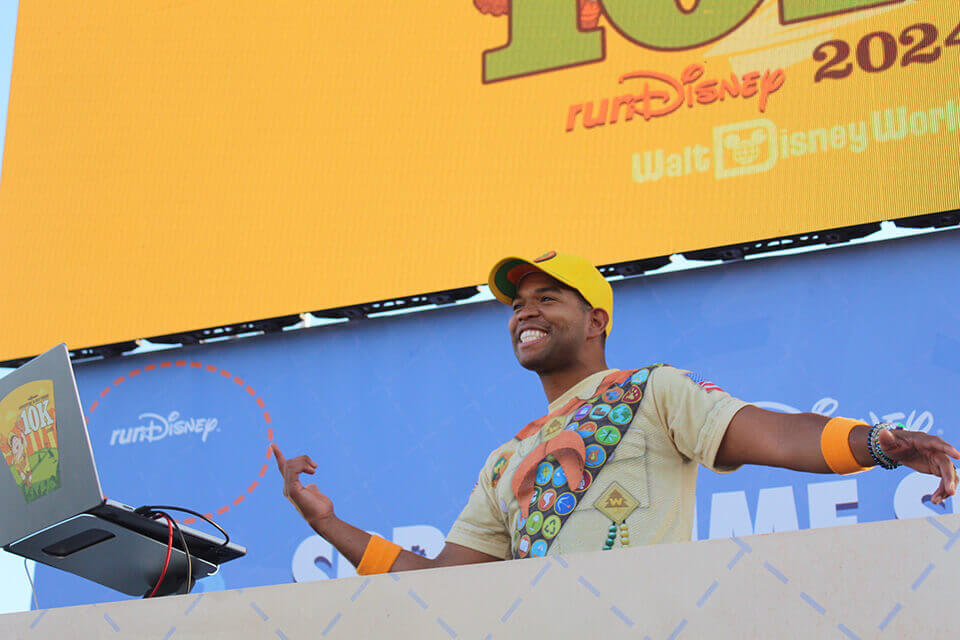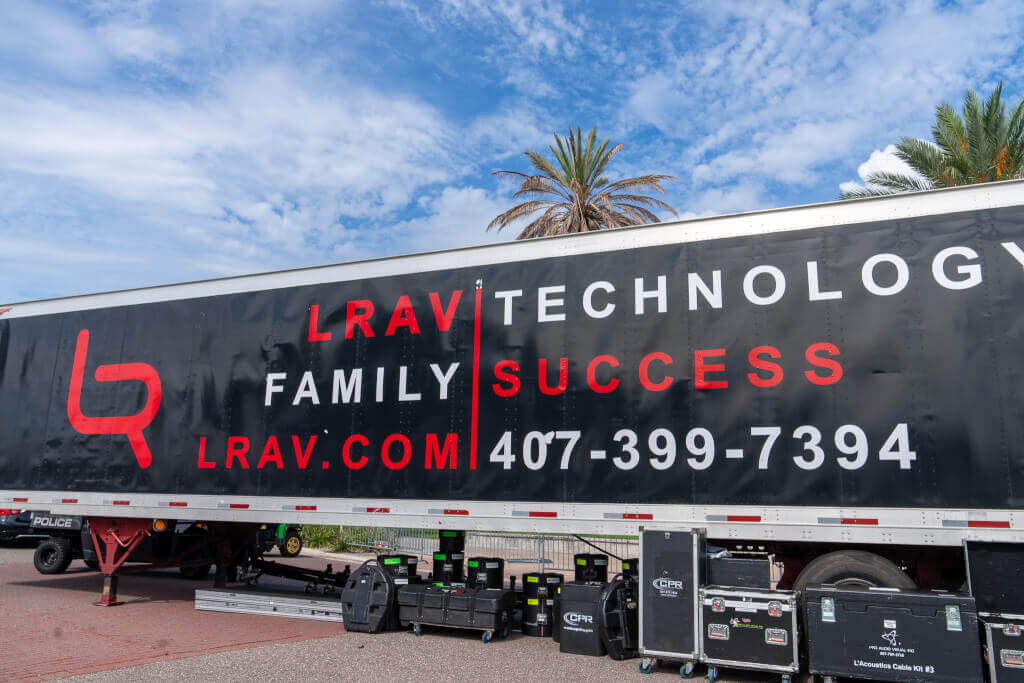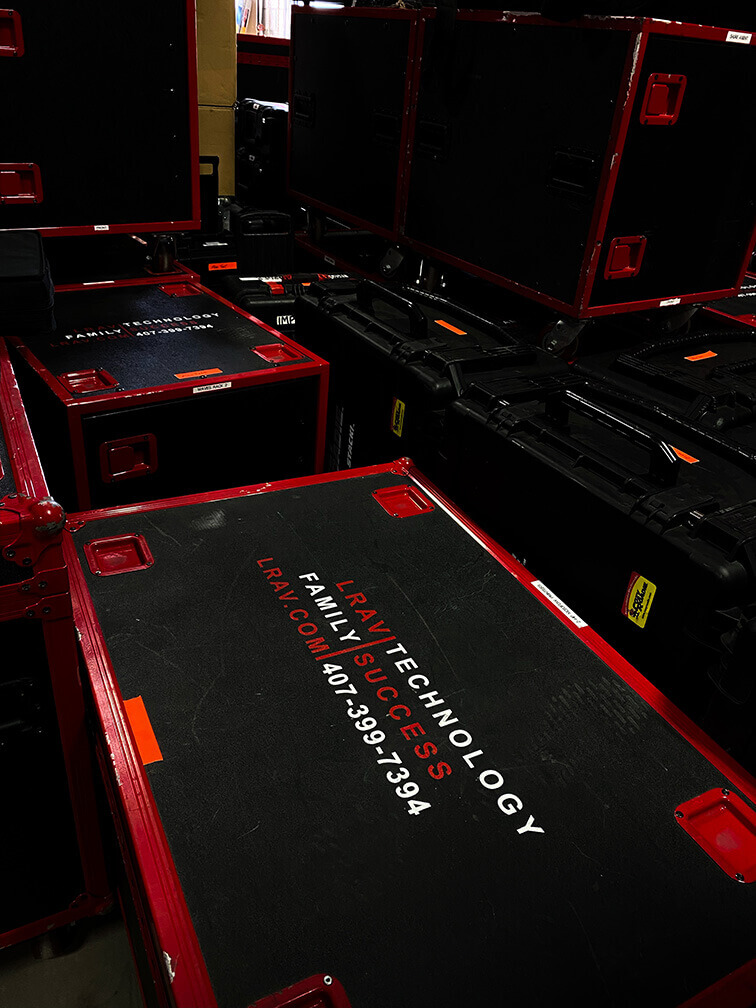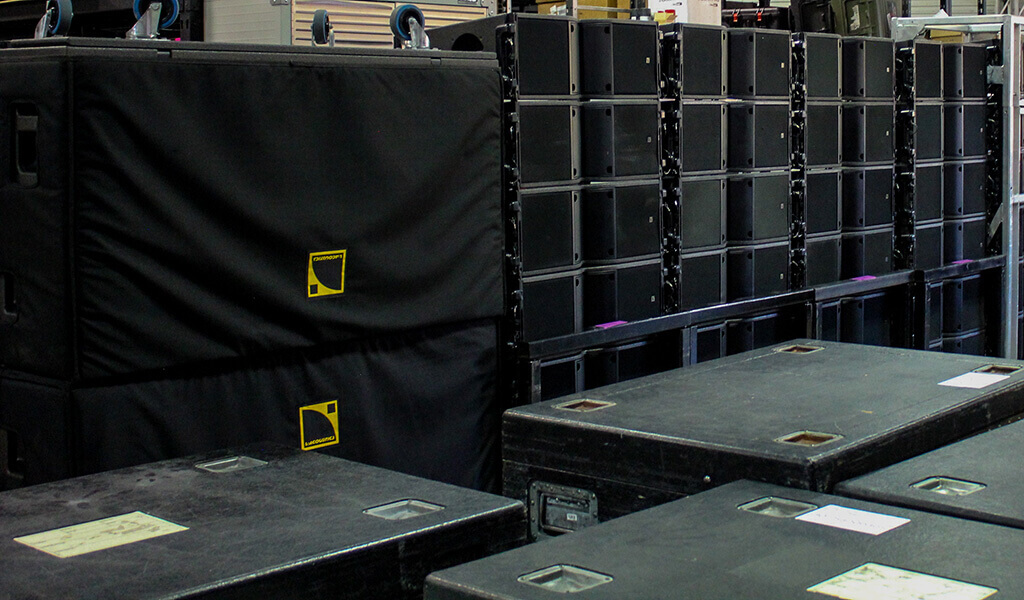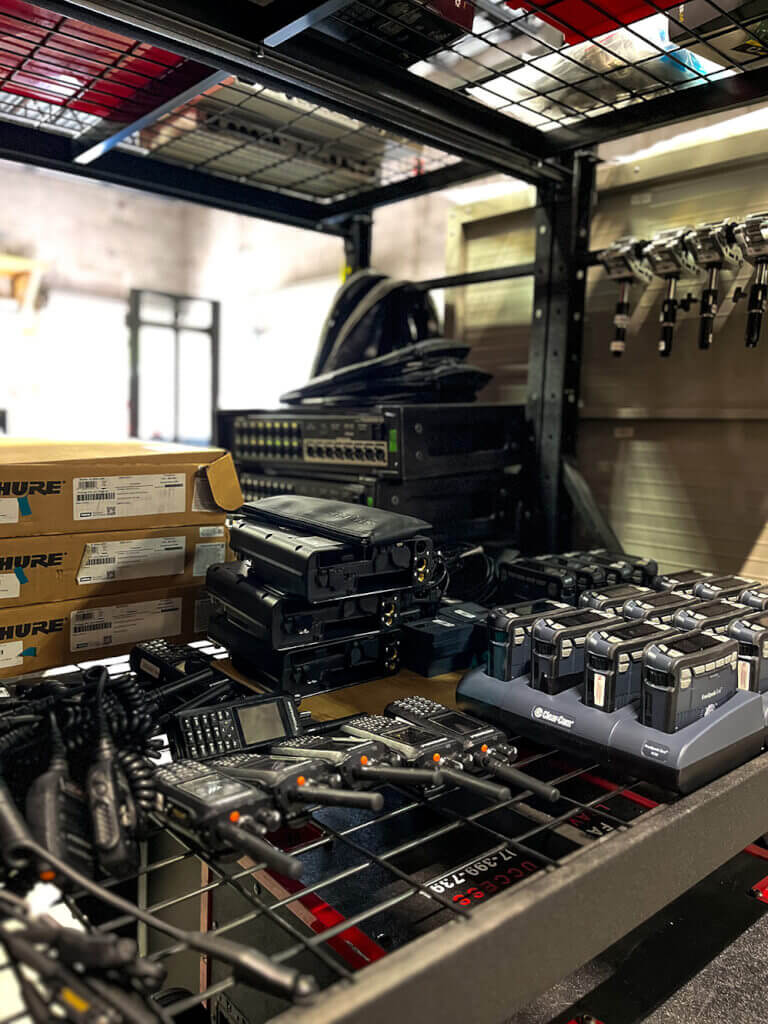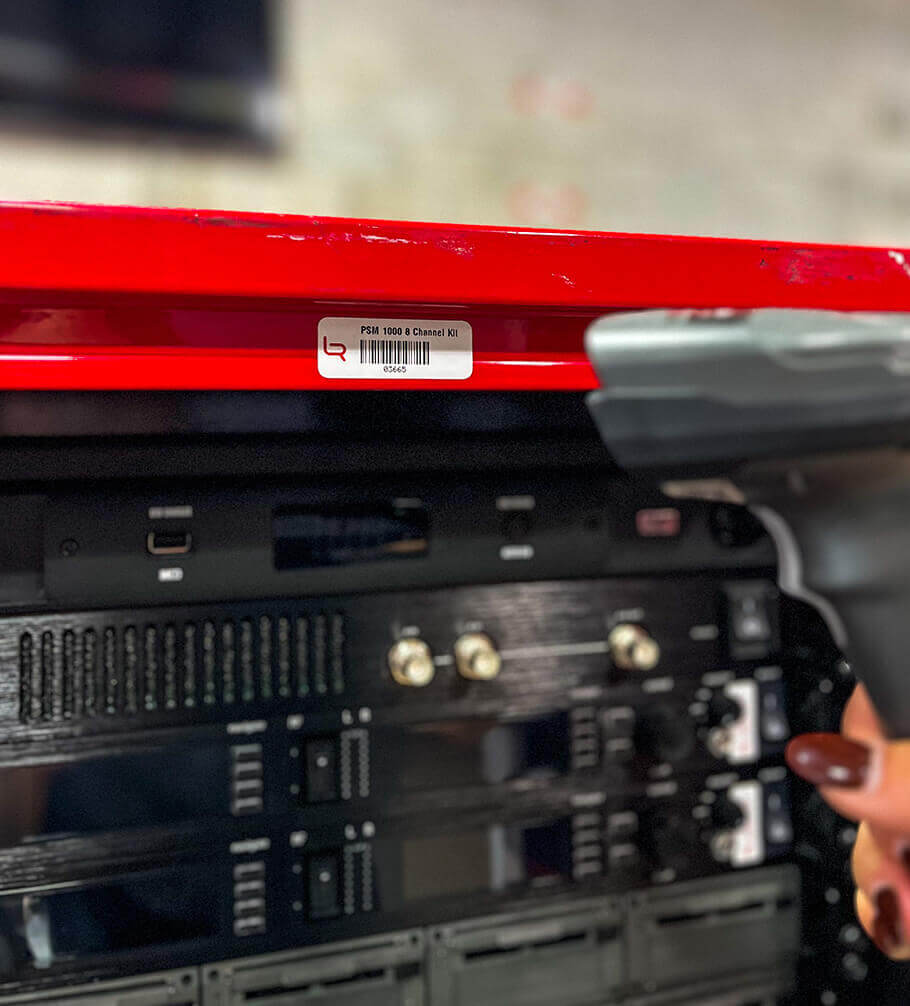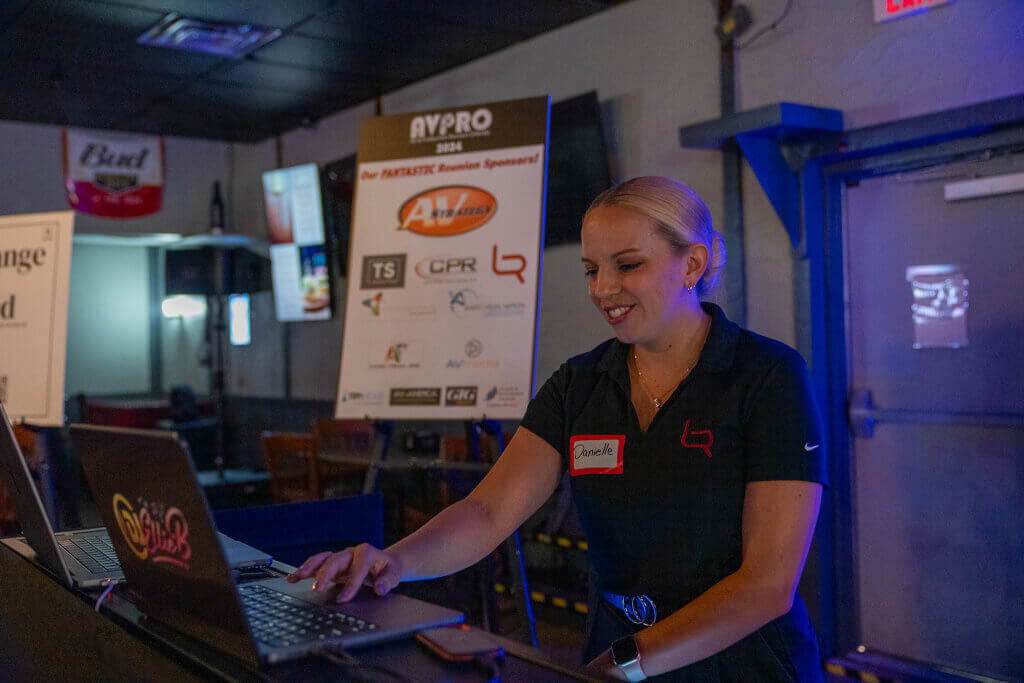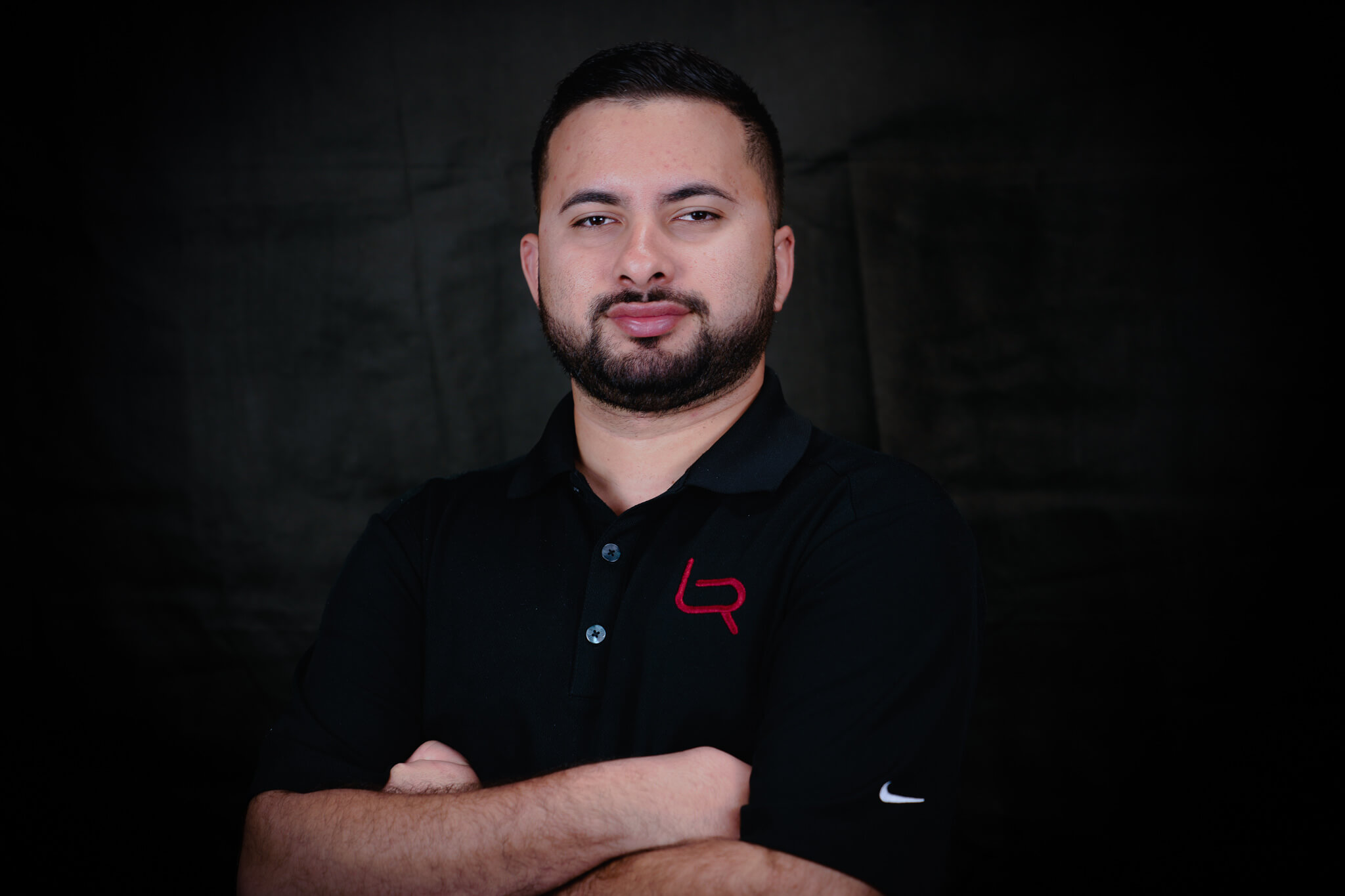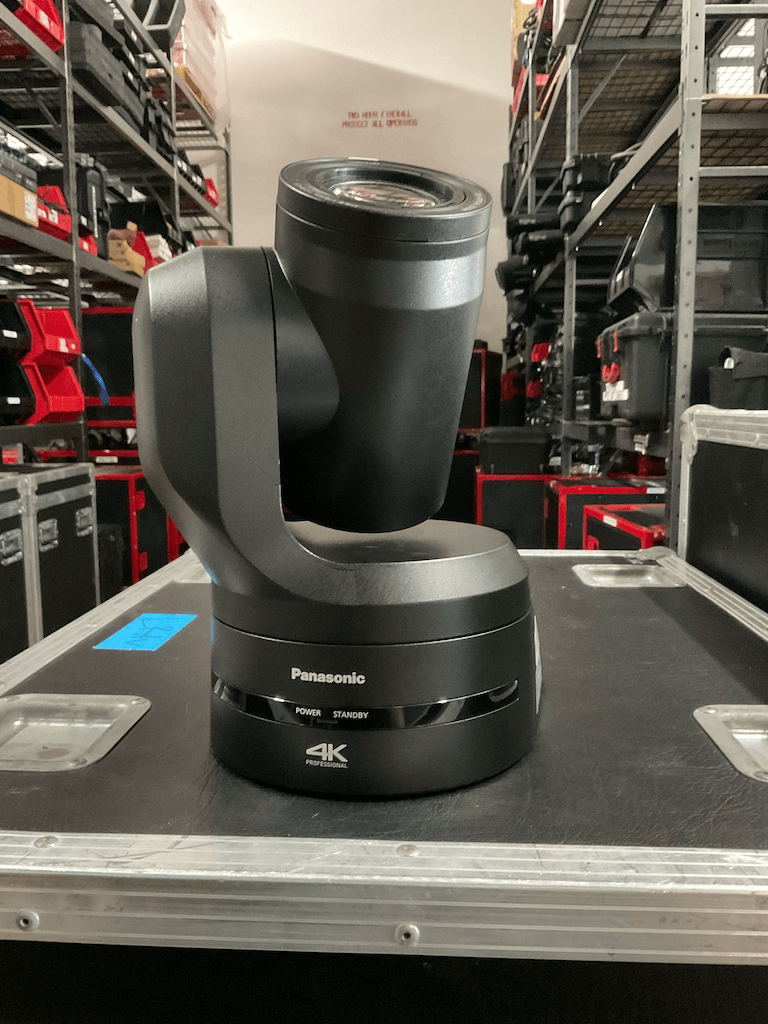If audio is the heartbeat of an event, then lighting is the soul. It’s what guests see before they hear anything. It can make or break the mood of a room in seconds. Whether you’re planning a corporate gala, a wedding, a product launch, or a live concert, lighting design should be more than an afterthought, it should be part of your creative foundation.
Welcome to Lighting 101, where we’ll walk you through how to use color and design to shape unforgettable event atmospheres.
Why Lighting Matters More Than You Think
Lighting isn’t just about being able to see, it’s about being able to feel. Soft amber lighting makes a space feel warm and inviting. Cool blues can evoke calm and professionalism. Vibrant magentas and reds scream energy and celebration. The right lighting can guide attention, transform a venue, and even make a space feel bigger (or cozier) than it actually is.
Think of lighting as your silent event partner. It sets the tone before anyone says a word.
- Use Color to Influence Emotion
Color theory plays a major role in lighting design. Here’s a quick breakdown of how color affects mood:
- Warm tones (amber, gold, red): Cozy, romantic, and intimate.
- Cool tones (blue, green, purple): Calm, modern, and sophisticated.
- Vibrant colors (magenta, cyan, bright yellow): Energetic, festive, and playful.
For a corporate seminar, you might lean into blues and whites for clarity and focus. For a wedding reception? A warm wash of amber and soft pinks instantly creates a dreamy glow.
Pro tip: Stick to two or three dominant colors to avoid visual overload. More isn’t always better.
- Match Lighting to Event Type and Audience
Lighting should reflect not only your brand or theme but also your audience’s expectations. A black-tie gala calls for elegant uplighting, crystal chandeliers, and gentle color fades. Meanwhile, a product launch might go for bold beams, fast chases, and high-impact effects to match the energy of the reveal.
Know your crowd and speak their visual language.
- Layer Your Lighting for Depth
One of the biggest rookie mistakes in event lighting is relying on a single source. Good lighting design uses layers to add depth and dimension:
- Ambient Lighting: The base level of light in the room.
- Accent Lighting: Highlights key areas like stages, centerpieces, or décor.
- Task Lighting: Functional lighting for things like registration desks or food service.
- Dynamic Lighting: Moving lights, color changes, and effects to energize the room.
Layering light is like layering music. It adds richness and complexity. Even subtle differences can make a major impact.
- Don’t Forget the Stage and Focal Points
Your keynote speaker, newlywed couple, or live band deserves the spotlight (literally). Proper stage lighting ensures they’re not left in the shadows. Use spotlights, follow spots, or intelligent moving heads to highlight key moments. If your guests are pulling out their phones for photos, you want the lighting to do them, and your event, justice.
- Control is Everything: Use a Lighting Console
Even the best fixtures need direction. A good lighting console gives you full control over color, brightness, timing, and transitions. Whether you’re using a GrandMA console for a large-scale production or a simple DMX controller for a small party, having centralized control helps you manage the show smoothly—and adapt on the fly.
Final Thoughts
Lighting design is more than just flipping a switch. It’s storytelling. It’s ambiance. It’s art. When done well, it creates an experience that your guests not only see, but feel.
So whether you’re creating a serene dinner or a high-energy festival, take time to think through your lighting design. Choose your colors with intention, layer your lights, and always, always test your setup before doors open.
For more articles check out our News Section.
